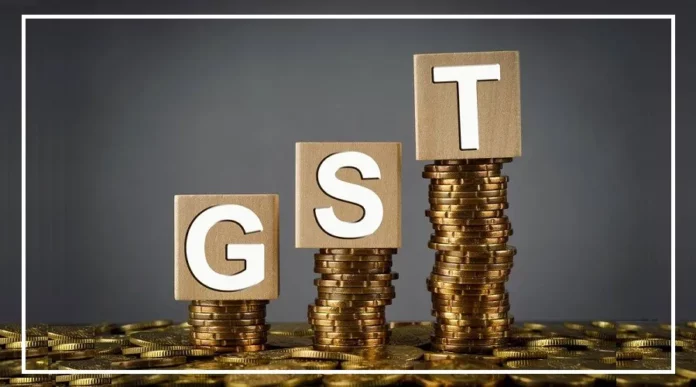Whenever you eat at a restaurant, order a takeaway, or get food delivered online, Goods and Services Tax (GST) is an important part of your bill.
Understanding how GST works on restaurant bills is useful not only for customers but also for restaurant owners, as it affects pricing, billing, and operations.
What Is GST on Restaurant Bills?
The government applies different GST rates depending on the type of restaurant and whether it claims Input Tax Credit (ITC). Currently, there are three main GST slabs:
5% GST: Applied to most regular restaurants (dine-in, takeaway, or delivery) not claiming ITC.
12% GST: Charged by restaurants located in hotels where room tariffs exceed ₹7,500 and the restaurant claims ITC.
18% GST: Applied to outdoor catering services if they claim ITC.
GST replaced older taxes like Service Tax and VAT, making the tax process more uniform.
Is GST Applied Correctly?
Legally, the same GST rate applies to dine-in, takeaway, and delivery orders. But who collects and pays the tax can differ, especially in online orders.
According to Paras Tewatia, co-founder of the Curry Crown restaurant chain, “We charge a fixed 5% GST on all dine-in, takeaway, and delivery orders. We keep billing transparent to maintain customer trust.”
Restaurants under the composition scheme with a turnover up to ₹1.5 crore per year pay a fixed 5% tax, but cannot charge GST to customers or claim ITC.
How Does GST Affect Your Bill?
For many restaurants, GST affects menu pricing and final customer bills. Tewatia explains, “GST does impact how we price our menu, but we try to keep prices fair.
In some cases, we absorb part of the tax to offer better value to our customers.”
Some restaurant owners say the lack of ITC is a problem. Tewatia adds, “If ITC is brought back, restaurants can invest more in better ingredients, infrastructure, and services.”
GST on Zomato and Swiggy Orders
When you order food through platforms like Zomato or Swiggy, the responsibility to collect GST falls on the platform itself.
Yogesh Sharma, founder and CEO of the fine-dining brand Karigari, says, “In such cases, GST is collected and deposited by the platform.
Customers can still see the GST details on their bill, but it’s the platform that pays the tax to the government.”
